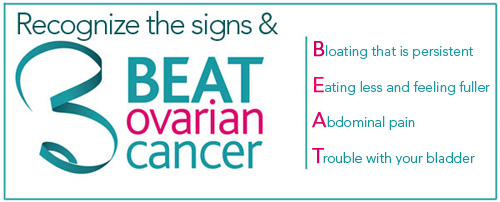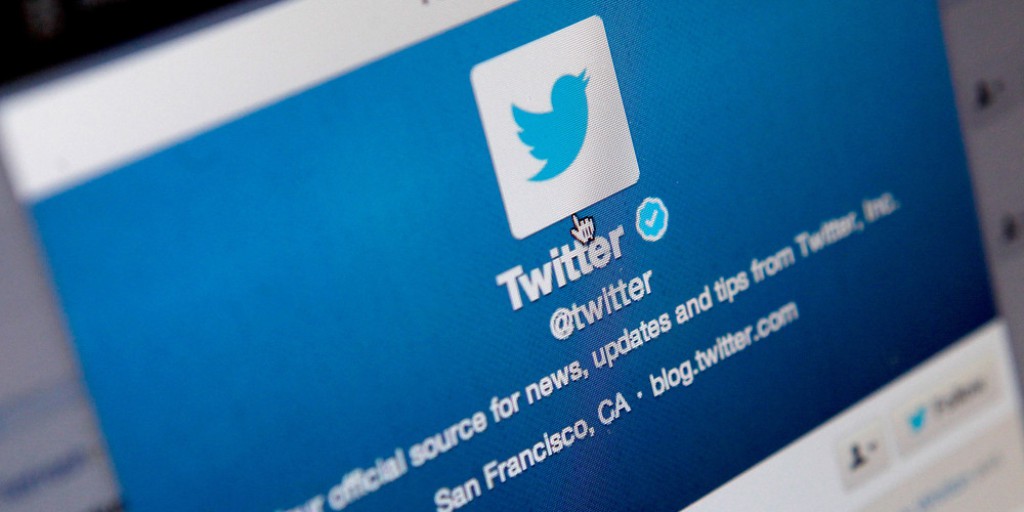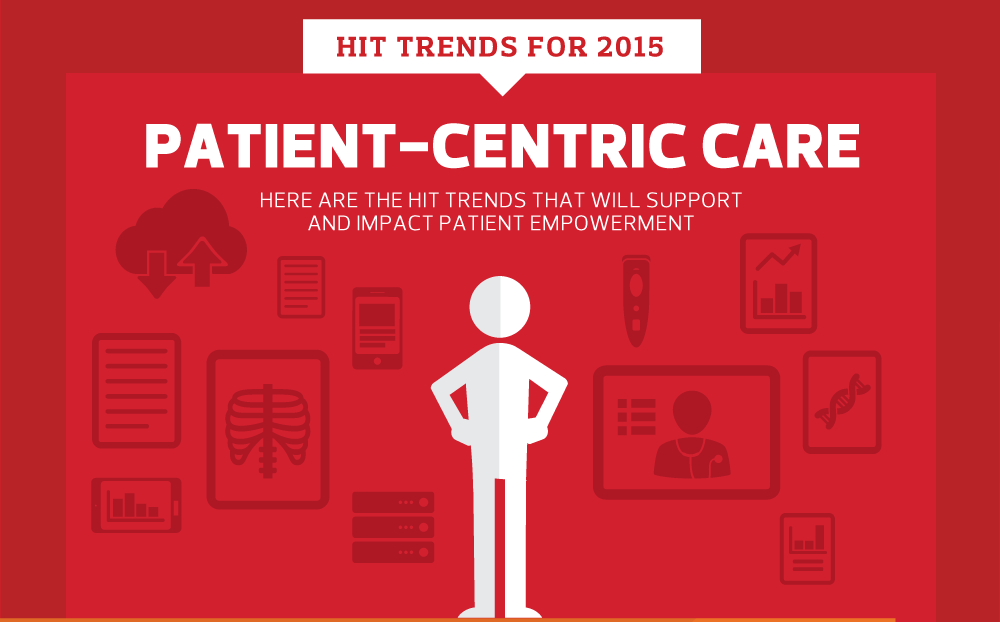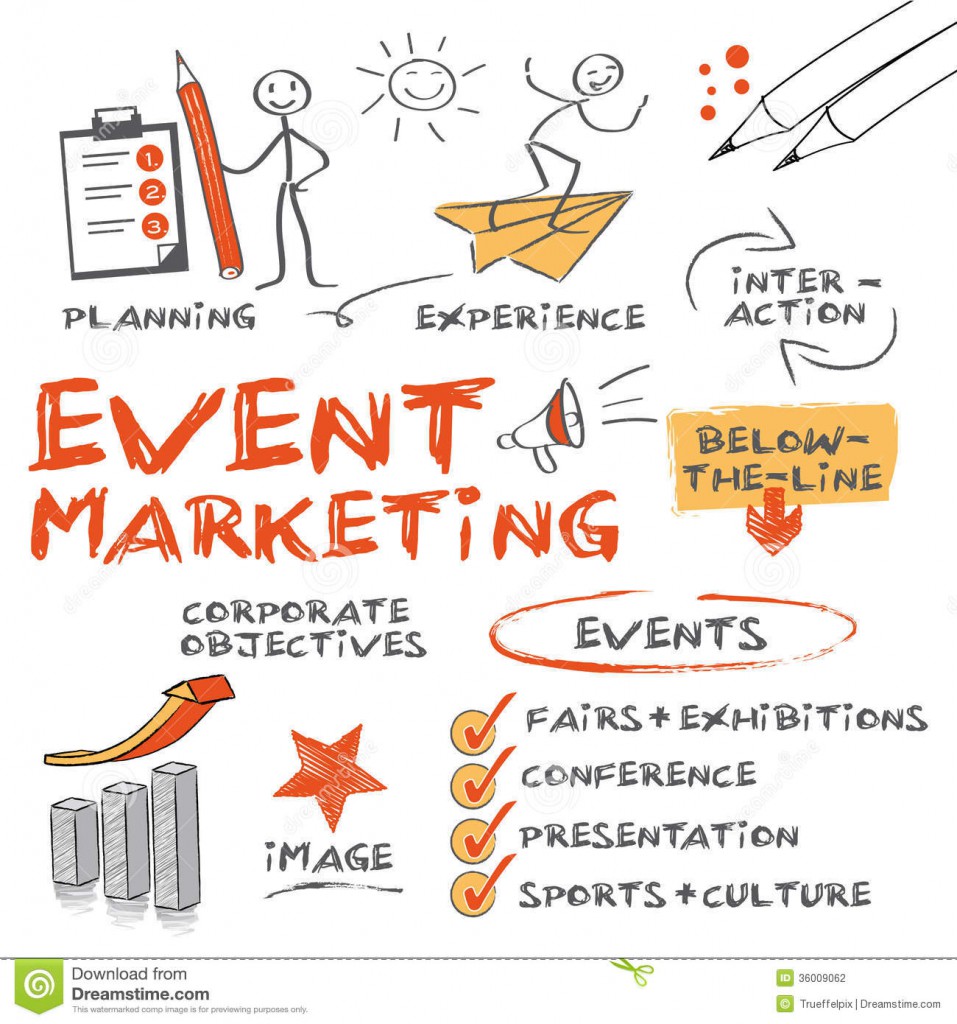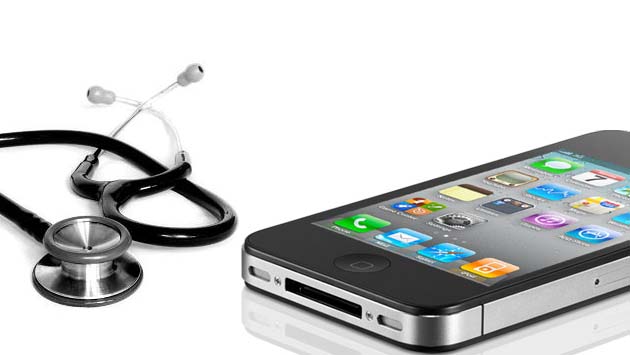Ovarian cancer awareness is dedicated to the full month of March 2015. To ensure a successful execution, planning and raising awareness needs to begin months in advance for this burst campaign. Like all successful healthcare marketing campaigns it needs to have a significant digital input to drive engagement. We have summarised our top 10 tips to help you run a successful ovarian cancer awareness campaign.
10 tips to achieve a successful ovarian cancer awareness campaign
1. Set objectives – produce a campaign brief that summarises the importance of ovarian cancer awareness; for example do you want to promote awareness about early diagnosis or communicate messages about symptoms such as feeling bloated most days?
2. Plan campaign – write a detailed activity schedule; if you have run a monthly campaign in the past, build in what you learned from before, what you would do differently pre-awareness, awareness and follow up of the themed campaign.
3. Messaging – agree core messages, for example, gaining signatures for an epetition; promoting the benefit of clinical trials; highlighting statistics such as the five-year ovarian cancer survival rate is just 43 per cent.
4. Gain commitment – identify the key people/stakeholders who can support the campaign, women’s charities, GP surgeries, pharmacies, businesses with a large number of female employees and research bodies for clinical trials.
5. Secure resources – if you are a charity you will need to rely on volunteer resources to get involved, seek financial support from funders and encourage a well-known figurehead to be a trustee on the board to help attract large donations.
6. Engagement channels – carefully select appropriate online (social media, blogs, website, videos, webinars) and offline channels (cancer screening leaflets, posters, events, support groups) that can be cleverly integrated to achieve your objectives to engage those most at risk and those where the cancer has come back.
7. Campaign toolkit – collate a cohesive kit to execute the campaign, guides and downloads, Q&As, promote dates for drop in services for practical and medical advice, informal events emailing audiences at risk and educating healthcare providers.
8. Implementation/delivery – split these into three phases; pre-awareness to drip feed messages before 1 March; push messages and engage two-way conversations throughout March; and post campaign follow-up success stories and goals achieved, remember to have continual annual activity too.
9. Campaign evaluation – report on the targets you set out to achieve such as, money raised, uplift in referrals, sign ups to enewsletter, number of downloads from a website, how many attended support groups, how many people donated, news coverage achieved.
10. Review – it’s critical to audit the success of the burst campaign – aim to capture feedback and build a contact database of supporters for future campaigns with the aim of refining the tactical actions for the year ahead not just in the month of March.
These practical tips should help you plan a successful ovarian cancer awareness campaign not just for one month but throughout the year. Share your marketing campaign thoughts below or on Twitter.

